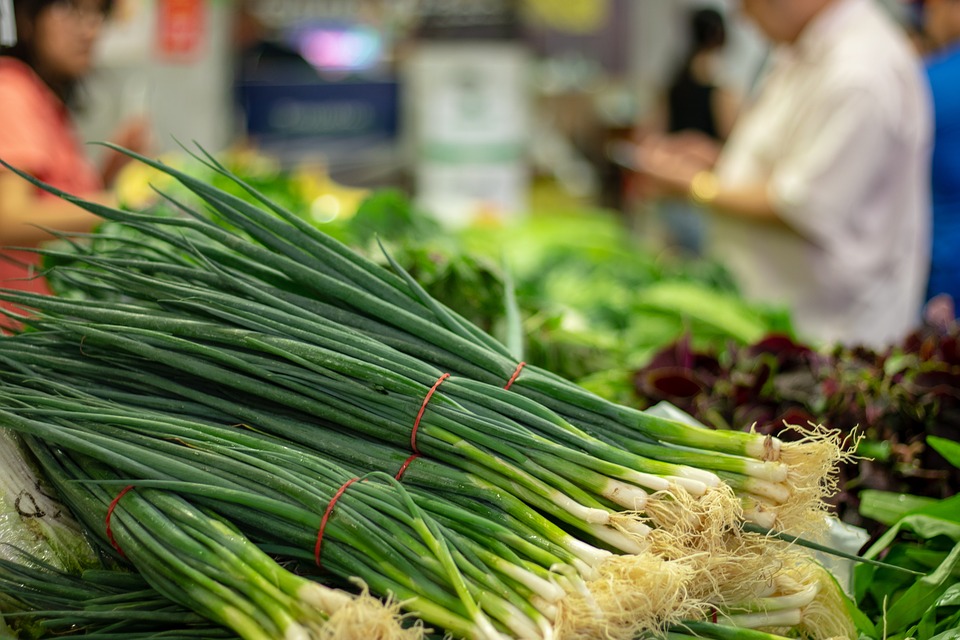Tips on growing vegetables at home

Before you begin, think about whether it is better to purchase your crops as seeds or transplants. Buying seeds allows you to select from a wider range of plants and is easier on the pocket. On the other hand, transplants are easy, immediate and good for small gardens. A transplant with a healthy root system is also more likely to survive. If you have the luxury of space, a raised bed with about 20cm of soil is one of the best places to grow your crops. Alternatively, you can buy a deep rectangular trough or pot of the same depth, with drainage holes. Mix potting soil and compost mix in equal parts and you are ready to go.
WHAT TO GROW
LONG BEANS

Fans of sambal long beans will be pleased to know that this is a vegetable that even beginners can grow quite easily. Sow the seeds and provide a trellis for the plant to climb as it grows.
BRINJAL

Another easy crop to start with, brinjals or eggplants are best grown in clay pots. Make sure to clean and dry your pot in the sun before planting.
SWEET POTATO LEAVES
Select a spot that gets full sunlight and plant the seeds in sandy, well-drained soil. Sweet potato leaves are hardy and require little care.
SPRING ONIONS

Contrary to popular conception, spring onions are not the same as the leafy green tops of onion bulbs. Grown from seeds, they can be harvested in eight to 10 weeks. When the plant matures, you can harvest the seeds to prepare for the next batch of crops. Other herbs and vegetables that are popular among urban farmers include pandan, Thai basil, curry leaves, lemongrass, cherry tomatoes, lady's finger, caixin, kangkong and kailan.
CARING FOR YOUR FARM
[[nid:452091]]
Keeping your urban farm healthy is the best protection against garden pests. Set up your first line of defence by adopting a holistic approach of having a diverse mix of edible greens and flowers, growing the right crop in the right place, and toning down on nitrogen-rich fertilisers. Did you know that beneficial insects such as ladybirds and lacewings can help combat common pests? By growing herbs such as parsley and cilantro, and vegetables such as chives, you can attract these little helpers to ward off aphids, mites and scales. In time, your army of beneficial insects will outgrow the nasty pests and your urban farm will thrive. The key is to maintain a healthy ecosystem with minimal human intervention and pesticides.
COMMON PESTS
ANTS
Ants are quite harmless and help to move organic materials around. However, their presence can be a nuisance and their boring may cause plant roots to dry out. Use ant bait such as a commercial sugar and borax solution.
APHIDS
These small, soft-bodied insects come in green, red and black. They gather on the underside of leaves and buds to suck plant juices. Aphids produce a sticky sap called honeydew when they feed. Aphid infestations can stunt a plant's growth and cause yellow leaves. Avoid applying too much nitrogen fertilisers. Use a strong jet of water to blast aphids off your plants. For serious infestations, spray with insecticidal soap.
BORERS
These are the larvae of beetles or caterpillars that literally bore holes into the stems, roots and trunks of your plants. Fruit trees and vegetables such as squash are susceptible to these little guys. To prevent attacks, cover your vegetables with a floating row cover to prevent the insects from laying eggs.
CATERPILLARS
There are many species of caterpillars. Some attack trees, while others target vegetables. Organic spray Bacillus thuringiensis (Bt) targets these pests safely and effectively.
LEAF MINERS
These look like caterpillars but tunnel within leaves, leaving winding trails. This makes it difficult to get rid of them as once inside the leaves, they are protected from pesticide sprays. Cover your vegetables with a floating row cover to prevent the insects from laying eggs.
ROOT MAGGOTS
Root maggots cause damage to the roots of carrots, cabbage, onions and radishes. The adult fly lays eggs on the roots at the top of the soil and the maggots tunnel into the root to feed. Cover your crops with a floating row cover.
SNAILS
If you are growing leafy vegetables, beware of these slimy gastropods that feed at night. Space plants farther apart so that they have fewer hiding places. Trap them with beer traps (pour beer on a saucer) and when they've congregated there, toss them into a pail of soapy water and use them as compost.
This article was first published in Home and Decor.